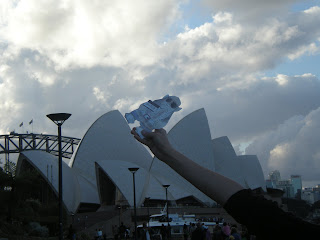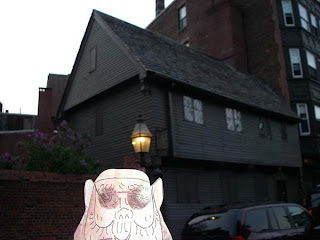
1. Where is this place located? Just outside Logan, Utah, is the location for the annual Festival of the American West, which I have gone to many times. In the background is the covered wagon, similar to those my ancestors came into Utah on in 1847.
2. What is the climate? Logan has four distinct seasons annuallly.
3. What is Logan known for? Logan has many cultural aspects, but this place specifically is known for preserving the heritage of the founding of the American west.
4. How culturally inclined is Logan? Logan started off a small farming town and was originally settled in the mid 1800's by pioneers sent up by Brigham Young. Now the University of Utah provides a lot of cultural aspects and the growth of the town through the university has led to cultural diversity of many nations.
5. Where is Logan located? It is an hour drive north of Salt Lake City, the capital of Utah.
Lauralee Browne
Mr. Andersen














